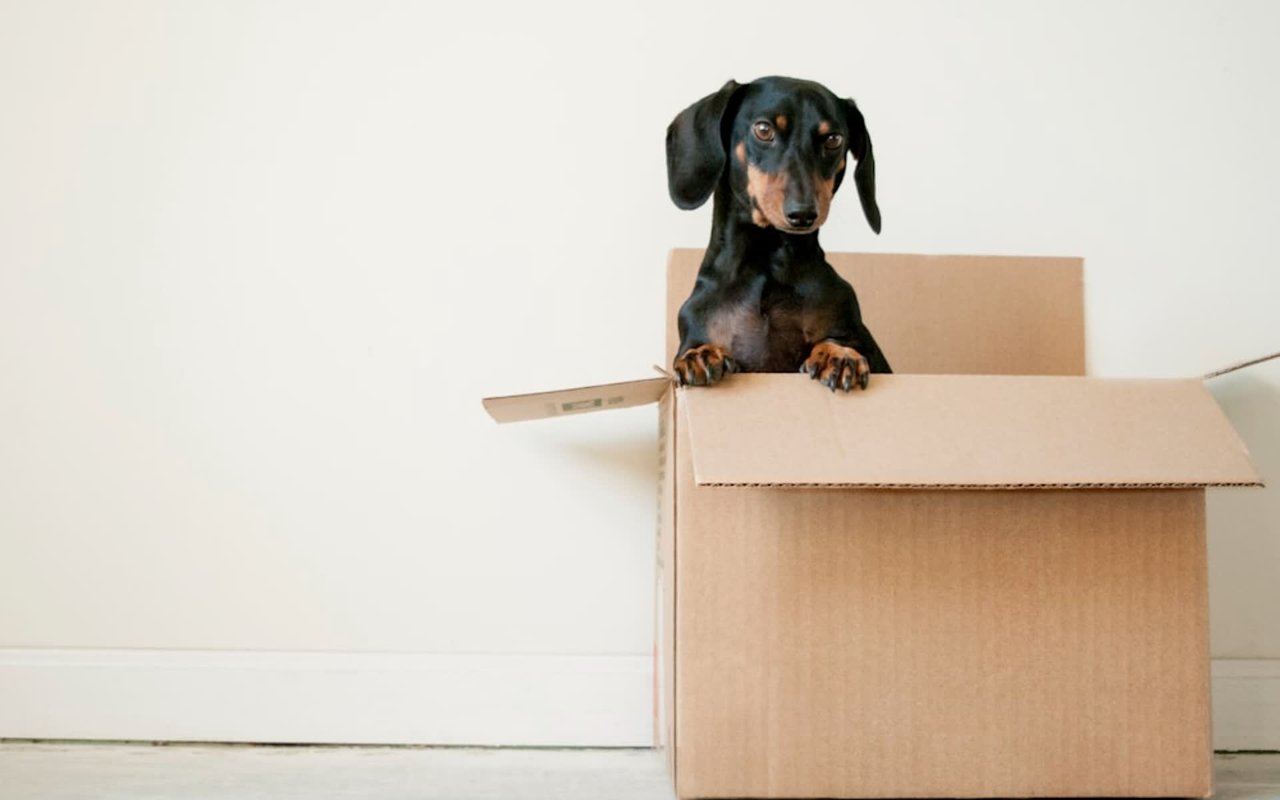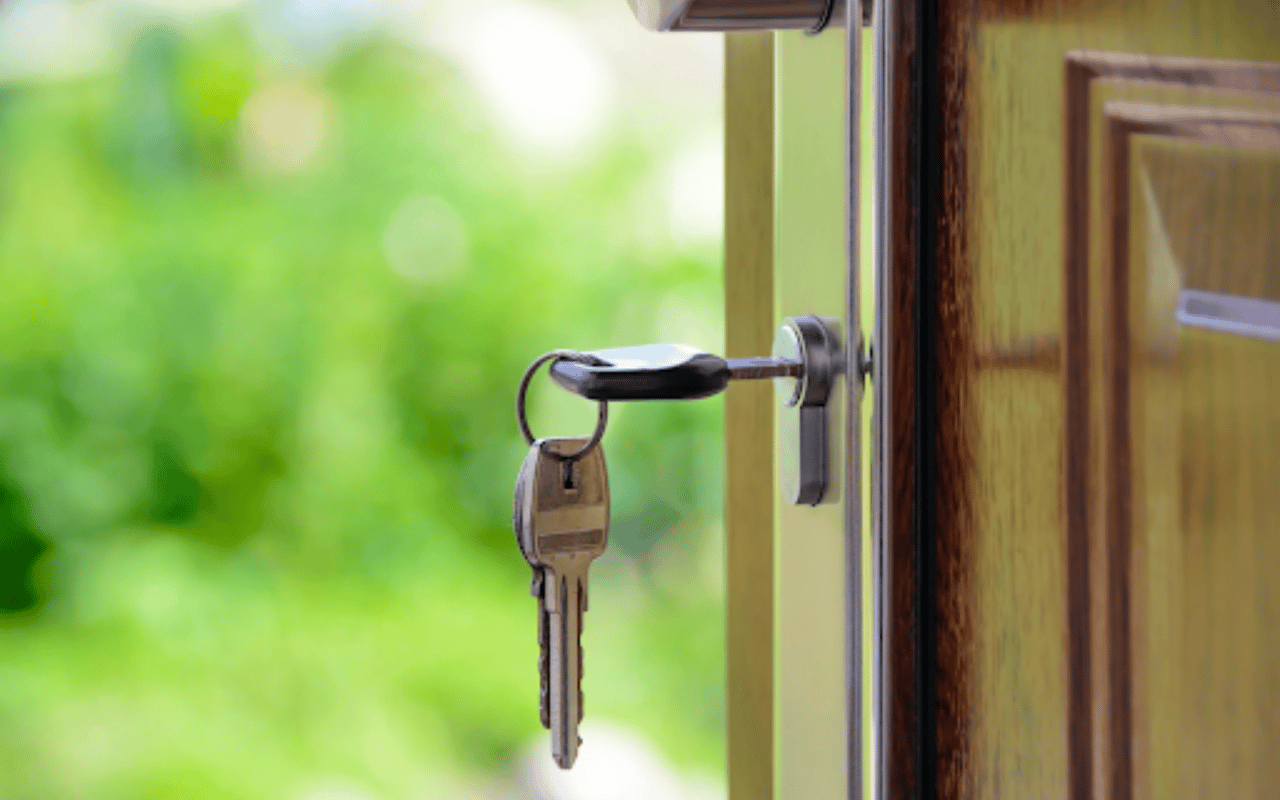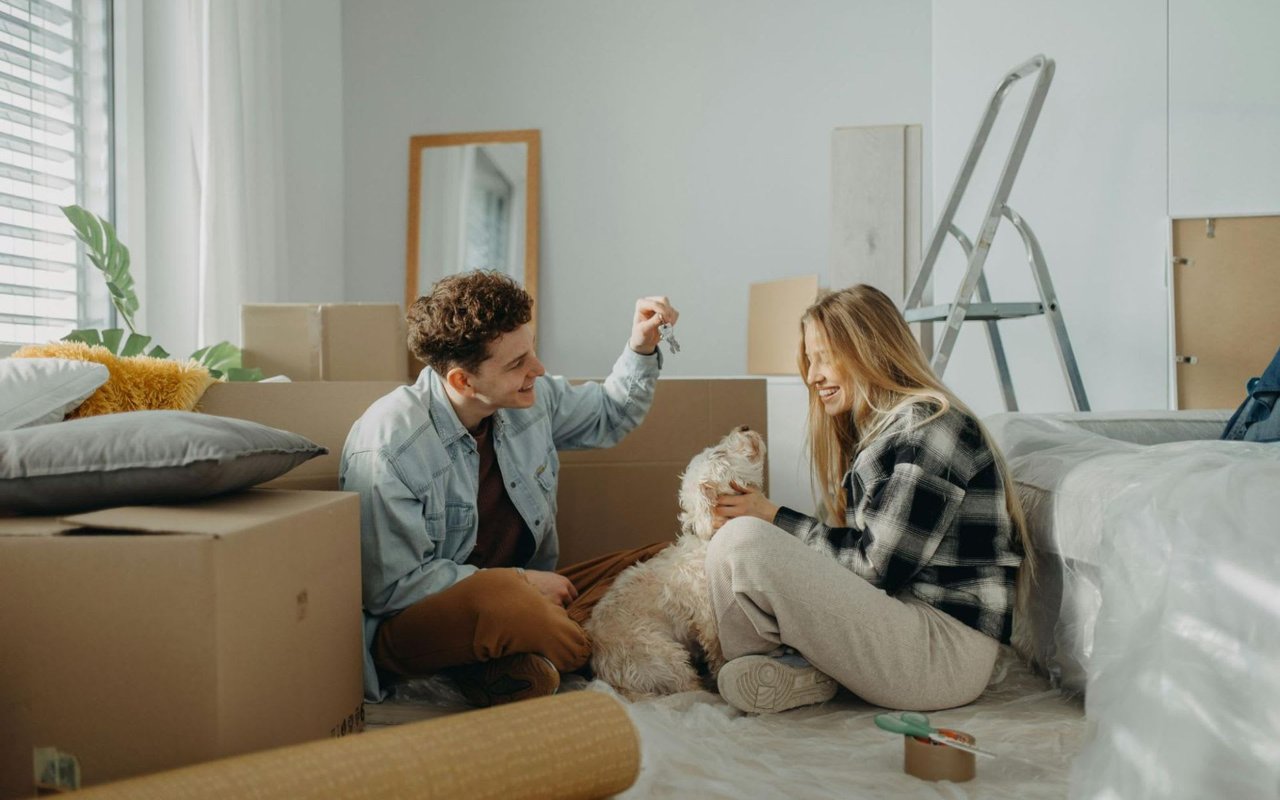Moving can be a stressful experience for everyone involved, and pets are no exception. Whether you have a dog, cat, or small animal, transitioning to a new home can be overwhelming for them. As a pet owner, taking a few extra steps to ensure their comfort and safety can make a big difference. Here are some expert tips to help your pets adjust smoothly to their new environment and ease the moving process.
Prepare Early and Familiarize Your Pet with the Process
Moving day can be chaotic, so it’s essential to start preparations well in advance to avoid overwhelming your pet. Planning ahead allows you to create a more organized and pet-friendly experience.
Pack Gradually and Keep Their Routine
If possible, begin packing gradually, so your pet has time to adjust to the changes. Sudden disruptions can make pets anxious, so maintaining their usual routine, including feeding, exercise, and playtime, can help provide a sense of stability. Try to pack your pet’s belongings last, and make sure they still have access to their favorite toys, blankets, and beds throughout the packing process.
Introduce Moving Supplies
Allow your pet to explore boxes, packing tape, and other supplies at their own pace. This can help desensitize them to new objects and the sounds associated with packing. For dogs and cats, leaving out some moving boxes ahead of time can reduce fear or anxiety when the actual move begins.
Visit the Vet and Update Identification
Scheduling a visit to the vet before moving day is crucial, especially if you’re relocating to a new area. During this appointment, you can ensure your pet is healthy and obtain any necessary records.
Update Vaccinations and Obtain Health Certificates
Confirm that your pet’s vaccinations are up to date, as this is essential for keeping them healthy during the move. If you’re traveling out of state, some regions may require a health certificate for your pet. This document confirms that your pet is healthy enough to travel and is free of contagious diseases.
Update Identification and Microchip Information
Before you move, make sure your pet has a collar with updated ID tags, including your new address and contact number. If your pet is microchipped, remember to update your contact information with the microchip registry. This ensures that if your pet gets lost, they can be returned to you more easily.
Plan a Safe and Comfortable Travel Experience
Ensuring your pet’s comfort and safety during transit is key to a smooth move. The approach will vary based on the type of pet and how far you are traveling.
Choose the Right Carrier or Crate
For smaller pets, such as cats and small dogs, a sturdy carrier is essential. If your pet is unfamiliar with their carrier, introduce it to them gradually. Make it a comfortable space by adding their favorite blanket or toy, and consider feeding them treats inside to create positive associations. For larger dogs, a travel crate that allows them to stand, turn around, and lie down comfortably is ideal.
Plan for Breaks and Hydration
If you’re driving, plan to make frequent stops to allow your pet to stretch and relieve themselves. Make sure to pack enough water and a portable bowl to keep them hydrated throughout the journey. For pets that are prone to motion sickness, ask your vet about any remedies that might help, and try to keep the car well-ventilated.
Set Up a Pet-Friendly Space in Your New Home
When you arrive at your new home, it’s important to create a safe and comfortable space for your pet as they acclimate to their new surroundings. Familiarity and routine can ease the transition and reduce anxiety.
Create a Quiet, Safe Room
Before unpacking fully, designate a quiet room as a temporary sanctuary for your pet. Set it up with their favorite bedding, toys, food, and water bowls. This space serves as a secure area where they can retreat from the unfamiliar sounds and activities associated with moving. Gradually introduce them to the rest of the home over the next few days, allowing them to explore at their own pace.
Maintain Routine and Monitor Behavior
Once you’ve settled in, try to maintain your pet’s usual routine, including feeding, exercise, and playtime. This consistency can help them feel more at home. Keep an eye on their behavior in the first few weeks, as some pets may experience anxiety or display new behaviors when adjusting. If your pet seems particularly stressed, consult with your vet for advice on managing their transition.
Introduce Your Pet to the New Neighborhood
Introducing your pet to the new neighborhood is essential, especially for dogs, as it helps them become familiar with the surrounding environment. A gradual introduction can help them feel more comfortable and confident in their new area.
Explore the Area with Short Walks
For dogs, start with short walks around the neighborhood to help them adjust to new sights, sounds, and smells. Gradually increase the length of these walks as they become more comfortable. During this time, stay attentive to any signs of anxiety, and offer positive reinforcement with treats and praise to create a positive experience.
Find Local Pet-Friendly Spots
Research local parks, trails, and pet-friendly businesses to make the transition enjoyable for both you and your pet. Naples, FL, for example, has many dog parks and pet-friendly areas where your furry friend can socialize and play. Taking them to these new locations can help them settle in and feel more connected to their new home.
Start Your New Journey with Your Pet in Mind
Moving with a pet can be challenging, but with preparation and care, you can make the transition smooth and stress-free for your furry family member. By keeping their comfort and safety in mind, you’ll help them adjust to their new home with ease. For expert advice on finding your perfect home in Viera, FL, and making a seamless move,
reach out to Jeremy Silber for guidance on Viera Florida real estate. Start planning today and make your move a positive experience for you and your pet.









